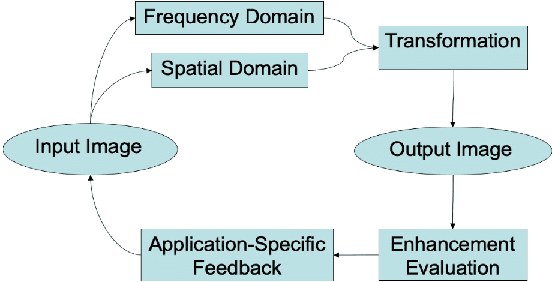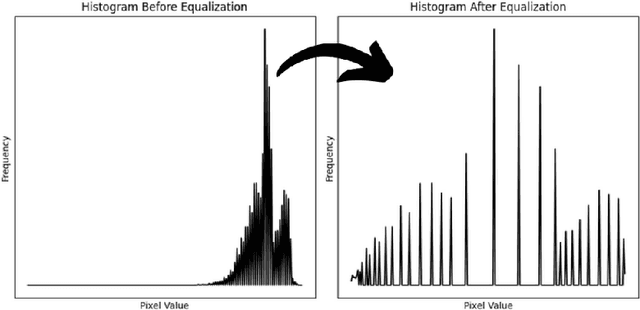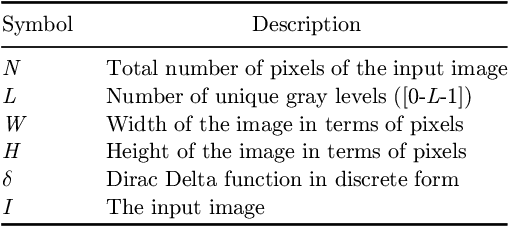Sohrab Namazi Nia
Personalized Top-k Set Queries Over Predicted Scores
Feb 18, 2025Abstract:This work studies the applicability of expensive external oracles such as large language models in answering top-k queries over predicted scores. Such scores are incurred by user-defined functions to answer personalized queries over multi-modal data. We propose a generic computational framework that handles arbitrary set-based scoring functions, as long as the functions could be decomposed into constructs, each of which sent to an oracle (in our case an LLM) to predict partial scores. At a given point in time, the framework assumes a set of responses and their partial predicted scores, and it maintains a collection of possible sets that are likely to be the true top-k. Since calling oracles is costly, our framework judiciously identifies the next construct, i.e., the next best question to ask the oracle so as to maximize the likelihood of identifying the true top-k. We present a principled probabilistic model that quantifies that likelihood. We study efficiency opportunities in designing algorithms. We run an evaluation with three large scale datasets, scoring functions, and baselines. Experiments indicate the efficacy of our framework, as it achieves an order of magnitude improvement over baselines in requiring LLM calls while ensuring result accuracy. Scalability experiments further indicate that our framework could be used in large-scale applications.
Medical X-Ray Image Enhancement Using Global Contrast-Limited Adaptive Histogram Equalization
Nov 02, 2024



Abstract:In medical imaging, accurate diagnosis heavily relies on effective image enhancement techniques, particularly for X-ray images. Existing methods often suffer from various challenges such as sacrificing global image characteristics over local image characteristics or vice versa. In this paper, we present a novel approach, called G-CLAHE (Global-Contrast Limited Adaptive Histogram Equalization), which perfectly suits medical imaging with a focus on X-rays. This method adapts from Global Histogram Equalization (GHE) and Contrast Limited Adaptive Histogram Equalization (CLAHE) to take both advantages and avoid weakness to preserve local and global characteristics. Experimental results show that it can significantly improve current state-of-the-art algorithms to effectively address their limitations and enhance the contrast and quality of X-ray images for diagnostic accuracy.
 Add to Chrome
Add to Chrome Add to Firefox
Add to Firefox Add to Edge
Add to Edge